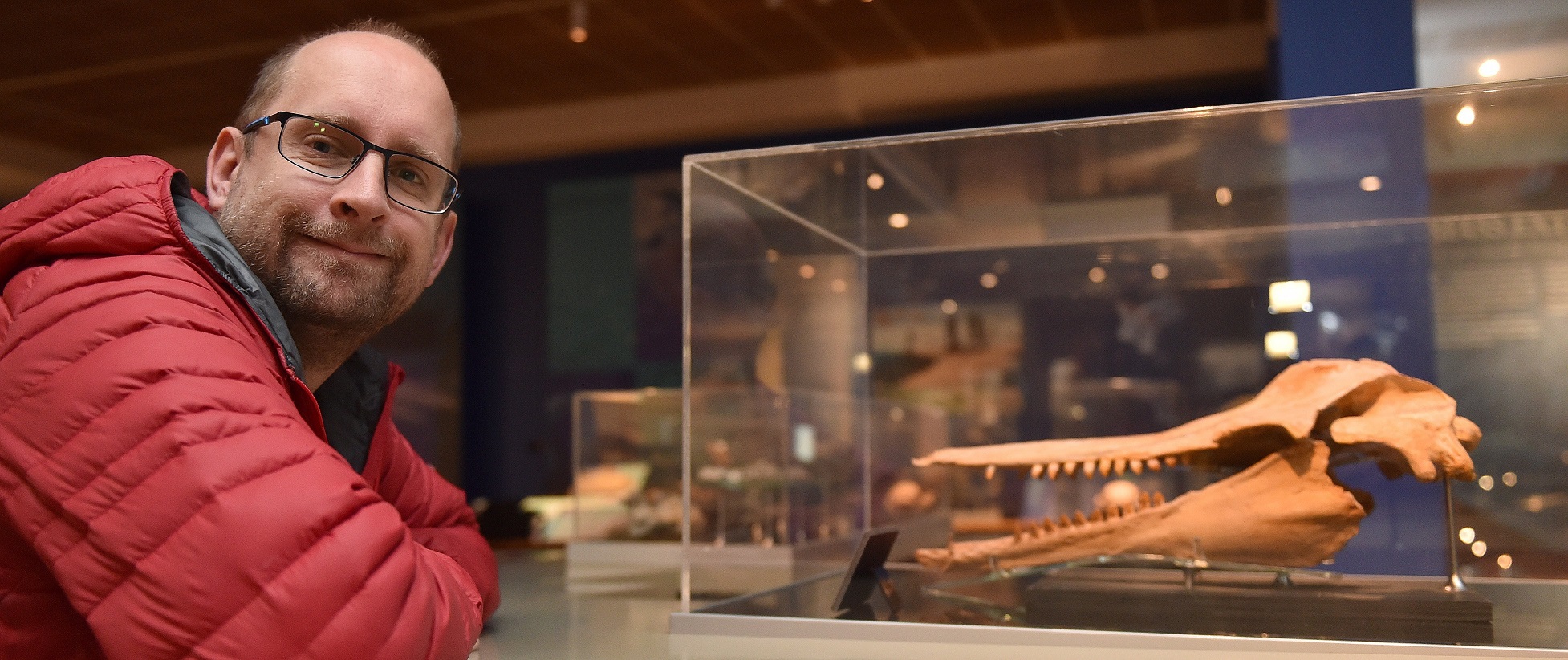Now, University of Otago paleogenetics laboratory director Dr Nic Rawlence is calling for New Zealand to do the same.
He said when it came to championing palaeontology (the study of fossils and what they can teach us about our biological heritage), the Australians had "a good thing going".
In turn, these emblems could help promote fossil tourism, educational outreach and awareness of the need for fossil protection strategies, he said.
The Devonian fish Mcnamaraspis kaprios, the Mandageria fairfaxi, the Spriggina floundersi, the brachiopod Atrypa duntroonensis and the giant amphibian Koolasuchus cleelandi had been chosen as fossil emblems in Australia.
But the question was, what could New Zealand choose?
Dr Rawlence has several suggestions — the shark-toothed dolphin, which lived about 25million years ago in what is now modern-day southern New Zealand; a 75 million-year-old Kaiwhekea katiki (plesiosaur) skeleton, which can be seen at Otago Museum; a Haast’s eagle (Aquila moorei), the largest eagle in the world, which went extinct only 500-600 years ago; a 55-60 million-year-old giant Bice penguin (Kumimanu biceae); a South Island giant moa (Dinornis robustus); or a 505 million-year-old trilobite.

"Newly exposed sites are not being excavated by experts, while other sites are eroding before our eyes. The potential information those sites hold is lost."
It could also help foster fossil tourism at places like Foulden Maar, a 23 million-year-old lake deposit near Middlemarch, which the public fought to protect from mining.
"It could house a museum and research facilities, and offer opportunities for people to collect fossils for themselves."
Dr Rawlence said he was forming a committee of palaeontologists from across New Zealand to decide on a shortlist to put to a public vote.
"We would welcome input about what fossils to consider, whether we should have a single emblem representing New Zealand, or regional emblems, and even a yearly competition, like ... Bird of the Year."












